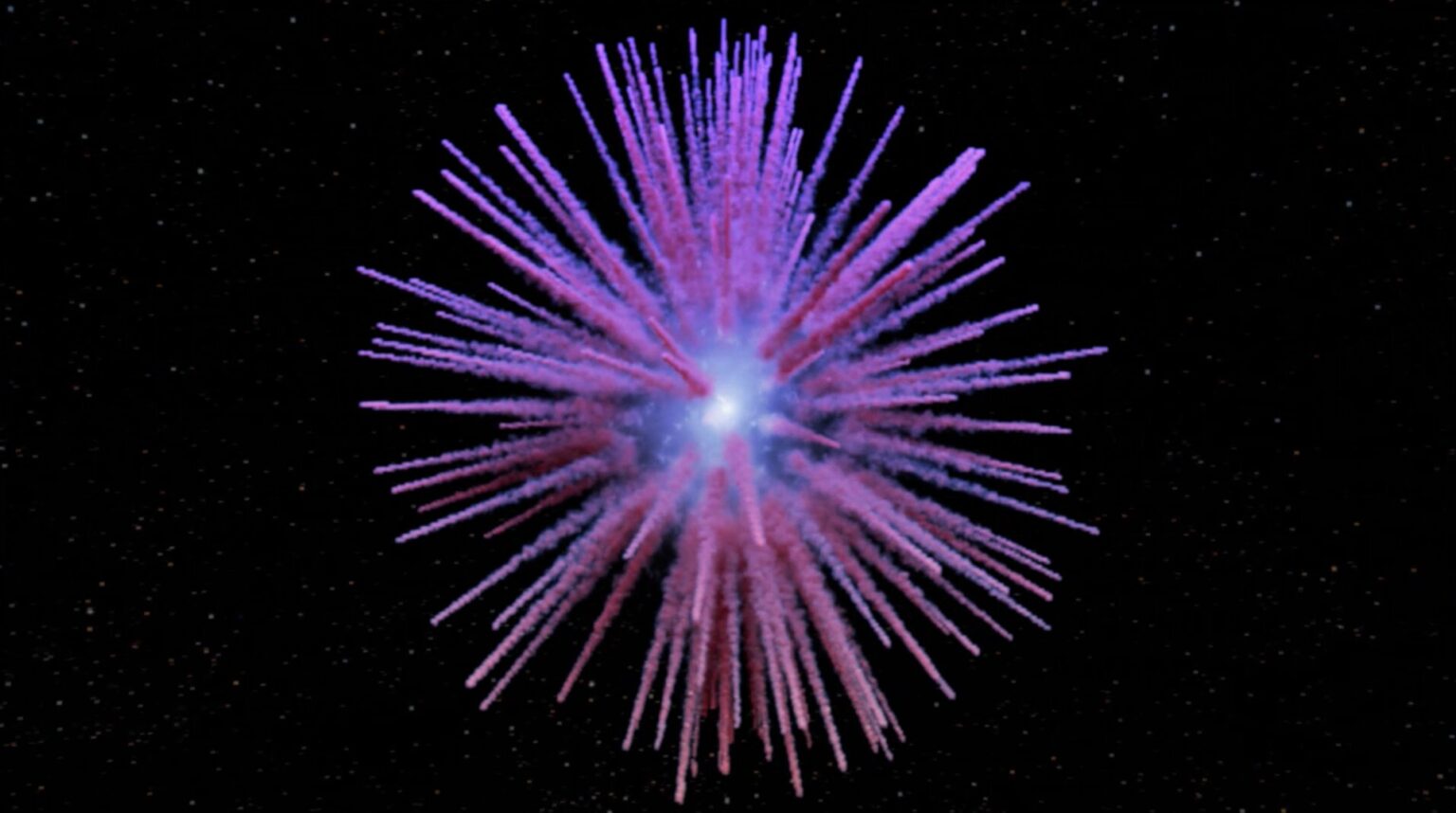Astronomers were able to study in detail a very unusual nebula Pa 30, which in its shape resembles an amazing cosmic dandelion. It’s a supernova remnant that was observed on Earth in 1181. A not quite dead star lurks inside it.

Supernova 1181’s remnant
A team of American scientists led by Ilaria Caiazzo and Tim Cunningham were recently able to study an amazing cosmic nebula, in its shape resembling a cosmic dandelion. This is the remnant of the supernova SN 1181.
We know from Chinese and Japanese chronicles that in 1181 a supernova star erupted in the constellation Cassiopeia and remained visible for 6 months. Despite the inaccuracy of this information, it is extremely valuable for astronomical science, as it is one of the first evidence of the observation of this kind of phenomenon, which occurred before astronomy finally became a science.
In addition, SN 1181 is also interesting because, among all historical supernovae, its remnant remained undiscovered for the longest time, although it certainly should be. Only in 2021, scientists concluded that it was a Pa 30 nebula, which they discovered in 2013 thanks to the WISE telescope.
The supernova remnant SN 1181 is very unusual, because there is no pulsar or black hole inside the small nebula at all, as is usually the case. Instead, scientists saw a very hot Wolf-Rayet star there.
Rare supernova
The whole point is that SN 1181 belongs to supernovae of rather rare Iax types. As with all Type Ia flares, they occur on the surface of a white dwarf, which is the component of a binary system and has matter flowing to it from the companion.
The Type Iax supernova explosion differs from other similar situations in that the white dwarf doesn’t collapse completely, but turns into a dead star. This is exactly what scientists have observed in the case of Pa 30. And this time they used the KCWI spectrograph to study this supernova remnant.
It is located at Keka Observatory on top of Hawaii’s Mauna Kea volcano. This instrument is characterized by its amazing sensitivity, thanks to which it is used to study faint sources of radiation in space. Also, through the use of the Doppler effect, KCWI is able to see the movement of matter.
Space dandelion
It was this feature of KCWI that made it possible to properly study the structure of the Pa 30 nebula and create a three-dimensional map of it. It turned out to look like a dandelion: long filaments extend from the center in all directions. At the same time, matter is moving through them all the time at a tremendous speed of 1000 km/s.
This means that even now, the material hasn’t lost the momentum from the explosion. The nebula continues to dissipate rapidly. Moreover, it is oddly shaped, indicating that the explosion had asymmetry from the beginning.
In addition, it turned out that the dandelion filaments don’t grow from the star itself. There is a certain gap between them and the dead luminary. What it all means and how it could have emerged, scientists only plan to understand in subsequent studies.
Provided by: phys.org


